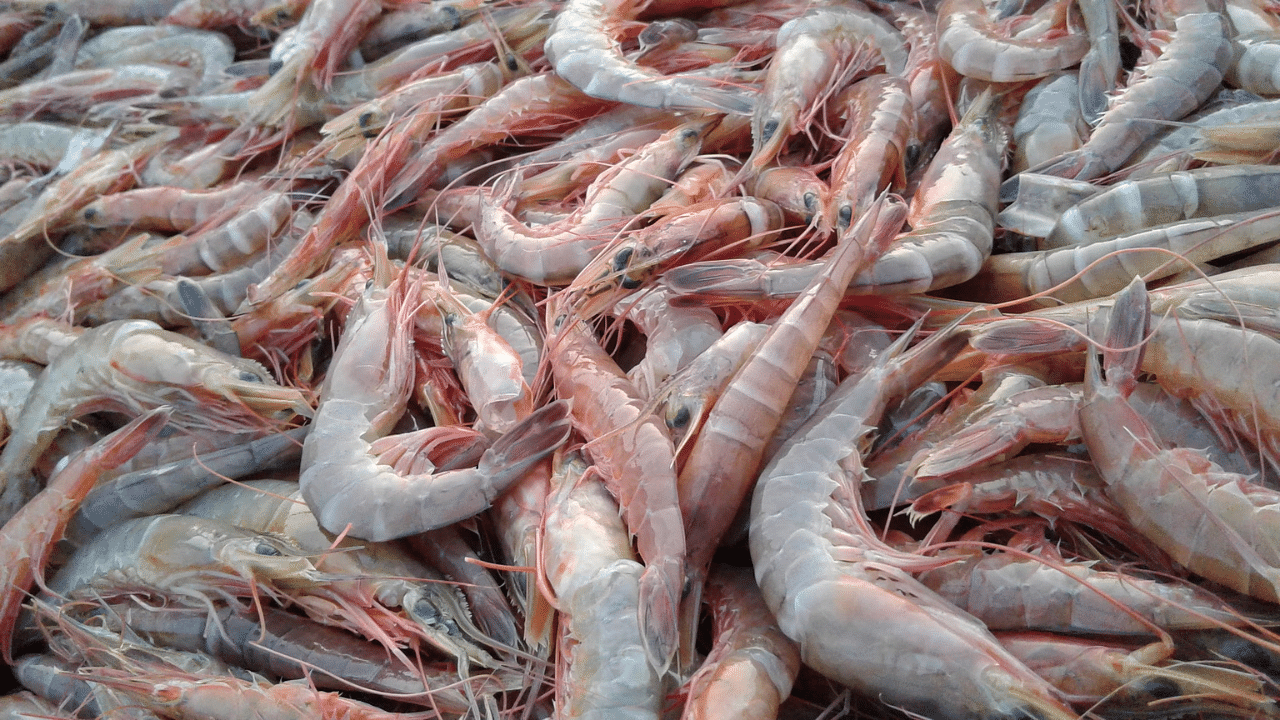
India is planning to expand its seafood exports to Rs 1 trillion in the next two years by improving its efficiency and adding high-value products, a senior government official said on Wednesday. Indian shrimp holds a significant 40% share in the US market. Currently, a substantial portion of Indian shrimp destined for the US undergoes processing in Latin American countries.
During the fiscal year 2022-23, India's seafood exports totaled $8.09 billion or ₹64,000 crore, with shrimps comprising a significant portion at $5.6 billion. India has ascended as a prominent shrimp exporter globally, with its share in the U.S. market escalating from 21% or $1.3 billion to 40% in 2022-23, representing shipments valued at $2.4 billion.
Proving the report by Corporate Accountability Lab (CAL) on poor working conditions, and safety standards wrong and baseless, the official said, "These units follow world-class quality and standards, and the major export destinations are developed nations.”
He further mentioned that all units are registered with regulatory bodies such as the Marine Products Export Development Authority (MPEDA) and the Food Safety and Standards Authority of India (FSSAI), and approved by the Export Inspection Council (EIC) as per legal requirements
These production and processing systems undergo regular monitoring by Indian regulatory agencies and are audited by inspectors from the US FDA (Food and Drug Administration), European Commission, GAC of China, Export Inspection Agency, MPEDA, among others, as well as numerous private and certification audits.
Pre-processing and processing units adhere to a Hazard Analysis and Critical Control Point (HACCP)-based food safety management system following the US Code of Federal Regulations. Since 2002, the use of pharmacologically active substances in aquaculture has been prohibited to enhance product safety.
National regulations and monitoring mechanisms, including the National Residue Control Plan, ELISA screening labs, in-house labs, and pre-export checks, are in place to prevent food safety hazards, such as antibiotic residues, from entering the product value chain and posing risks to consumer health.
The Centre has also asked the Andhra Pradesh government to look into the allegations made in the CAL report, such as workers facing ‘dangerous and abusive conditions’. With approximately 100,000 shrimp farms, primarily concentrated in Andhra Pradesh, India seeks to bolster local processing capabilities and enhance export competitiveness.











